3 Maltose Replacements for Sweet Asian Dishes
Maltose substitute options can transform your baking and brewing projects when traditional ingredients aren't available.
Alternatives to this sweet compound extend far beyond the usual suspects found in grocery stores.
The world of natural sweeteners offers numerous possibilities with different flavor profiles and chemical properties.
Home cooks and professional chefs alike appreciate having backup choices when recipes call for specific sugars.
Alternative sweetening agents might behave differently during cooking processes, affecting texture and caramelization in unique ways.
Every substitute brings its own character to recipes while maintaining necessary sweetness levels.
The perfect maltose replacement for your needs awaits in the detailed breakdown that follows.
Why Substitute Maltose?
Maltose is often used as a sweetener or thickener in Asian cooking, candy-making, and sauces, but there are several reasons you might want to use a substitute instead:
Sweet and Sticky Maltose Replacements
Maltose not available for your recipe? Choose a sticky, sweet stand-in, and blending stays smooth. The dish still carries that indulgent touch you were aiming for.
Brown Rice Syrup
Substituting brown rice syrup for maltose gives your recipes a natural sweetness with minimal processing.
This rice malt, derived from rice starch, contains small amounts of calcium and potassium though not enough to count as nutritionally significant.
Many people appreciate that brown rice syrup is typically organic, free of fructose and gluten, making it appealing to those with dietary restrictions.
The mild flavor profile allows for versatile use in various recipes from BBQ glazes to baked goods, even though it's only half as sweet as regular white sugar.
For those following a vegan lifestyle, this syrup offers an excellent alternative since it avoids the animal bone char sometimes used in processing white sugar.
Maple Syrup
Maple syrup stands out as a healthier maltose alternative with 24 antioxidants and a sweeter profile than other substitutes.
The extract from sugar maple trees comes in different grades, with light or medium amber varieties working best when replacing maltose in recipes.
Darker syrups deliver a richer maple flavor, which might overpower some dishes if not used carefully.
Many foods benefit from this natural sweetener, including baked goods, roasted tomatoes, salad dressings, and whipped cream for desserts.
Proper measurement adjustments are essential when cooking with maple syrup since its intense sweetness could easily turn a promising recipe into an overly sugary creation.
Corn Syrup
Corn syrup stands out as the top substitute for maltose in recipes, offering a perfect balance of sweetness while preventing sugar crystallization.
This versatile ingredient works wonderfully as a glaze for grilled or baked dishes and can thicken any recipe needing a touch of sweetness.
The syrup, derived from corn starch, contains various sugar levels including glucose and maltose that enhance flavor while softening texture.
Many cooks prefer corn syrup over maple or golden syrup because of its widespread availability and reasonable cost.
Though some food enthusiasts might choose pricier liquid sweeteners for their richer flavors, corn syrup remains the go-to option for most home cooking needs.
Tips for Achieving the Same Gloss and Consistency Without Maltose
Maltose is often used to give sauces, glazes, and sweets a thick, glossy finish, but if you don’t have it on hand, you can still get a similar texture and shine with a few smart swaps and simple tricks:
Use a Thick Syrup
Try honey, corn syrup, brown rice syrup, or golden syrup for a similar consistency to maltose, creating a sticky, shiny coating in glazes and candy.
Mix for Texture
If your syrup substitute is too thin, reduce it over low heat to thicken, mimicking maltose’s slower drip and adding richness to glazes or sauces.
Add a Bit of Sugar
Stir a small amount of white or brown sugar into your syrup while heating to boost gloss and help the mixture set with a nice finish.
Stir Constantly When Heating
Keep stirring syrup mixtures during heating to prevent burning and maintain a smooth, clear texture in candy or glazes.
Use Acid for Balance
Maltose has subtle sweetness; if your substitute is too sweet, add a drop of vinegar or lemon juice to balance flavor and keep the classic glossy look.
Try a Starch Thickener
For thickness without sweetness, add a small amount of cornstarch slurry and heat gently until the sauce thickens and shines.
Brush While Hot
Apply syrup glazes while warm so they spread evenly, cling well, and dry with a glossy finish.
Maltose Substitute Answers: All Your Sweetening Questions
1. Will using a substitute change the flavor or sweetness level?
Yes, maltose is mildly sweet and slightly malty. Honey, maple syrup, and agave nectar are sweeter and may add distinct flavors.
2. Are there vegan alternatives to maltose?
Yes, brown rice syrup, maple syrup, barley malt syrup, and agave nectar are excellent vegan-friendly maltose alternatives.
3. Can I use regular sugar instead of maltose?
Granulated sugar won’t replicate maltose's texture and thickness, but it can sweeten recipes, dissolve in water first for similar consistency.
4. What’s the best substitute for maltose in Chinese cooking?
Honey or brown rice syrup is commonly used in Chinese cooking and offers similar consistency and sweetness.
5. Are maltose substitutes suitable for baking?
Absolutely, use barley malt syrup, honey, or brown rice syrup for baking to provide sweetness, moisture, and browning.
6. Will substitutes affect the texture of my dishes?
Some substitutes, like honey or maple syrup, are thinner, while brown rice syrup and barley malt syrup closely match maltose's thickness.
7. Are maltose alternatives gluten-free?
Brown rice syrup, honey, maple syrup, agave nectar, and corn syrup are typically gluten-free, but barley malt syrup is not.
8. Can I use agave nectar instead of maltose?
Yes, agave nectar is sweeter and thinner, so use less or reduce other liquids slightly to maintain consistency.

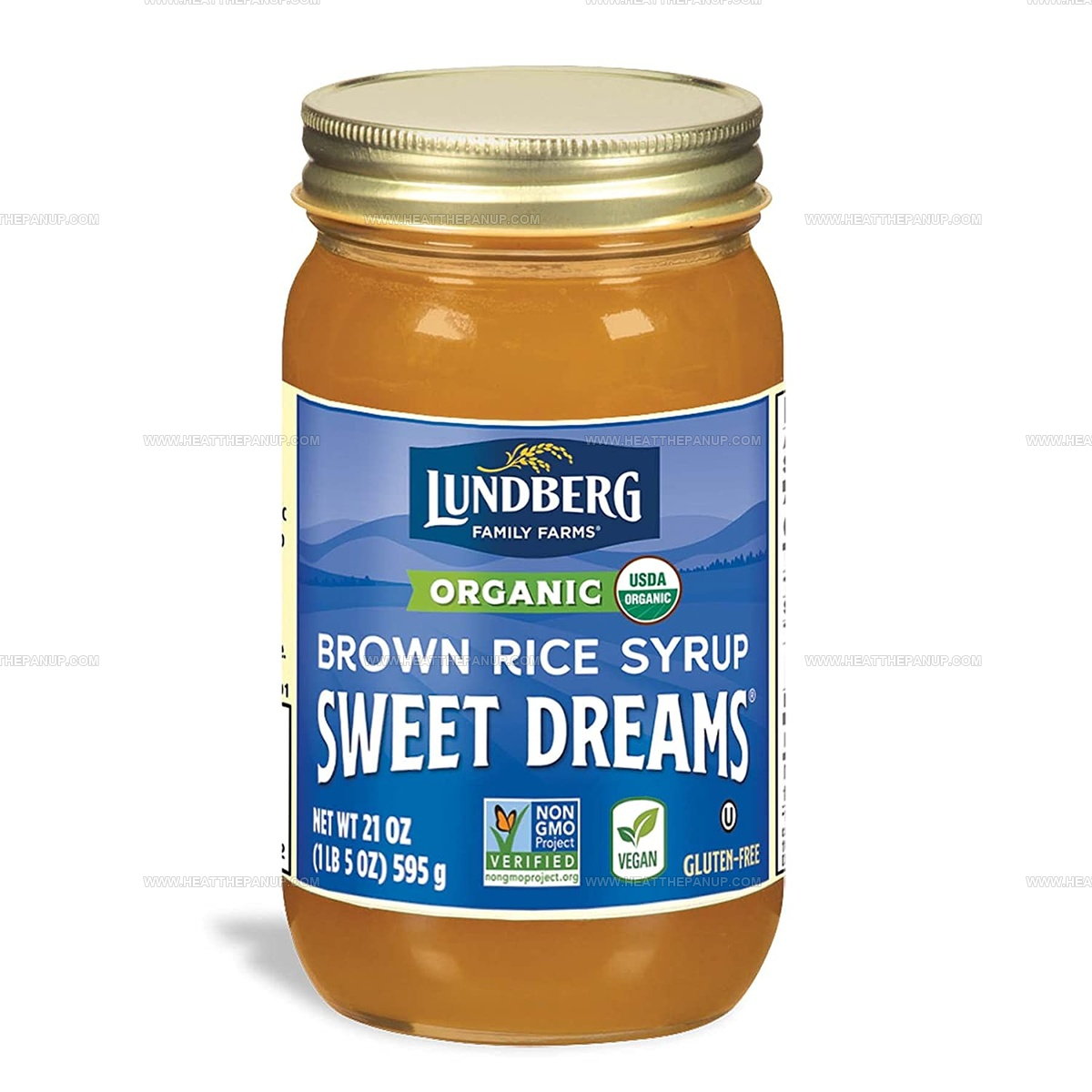
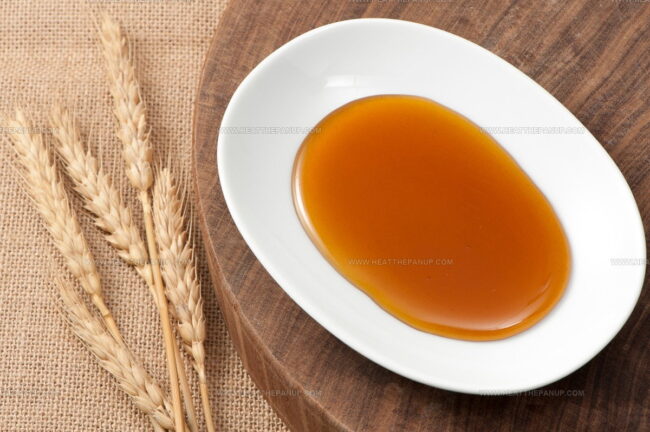
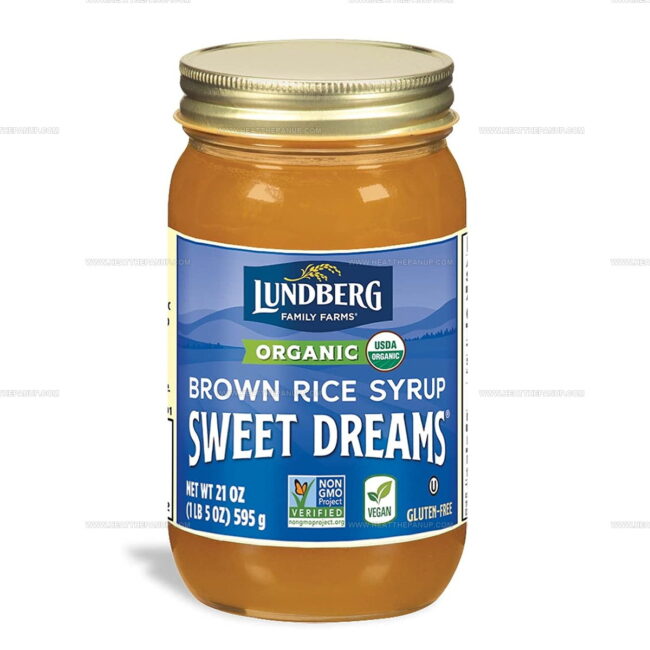
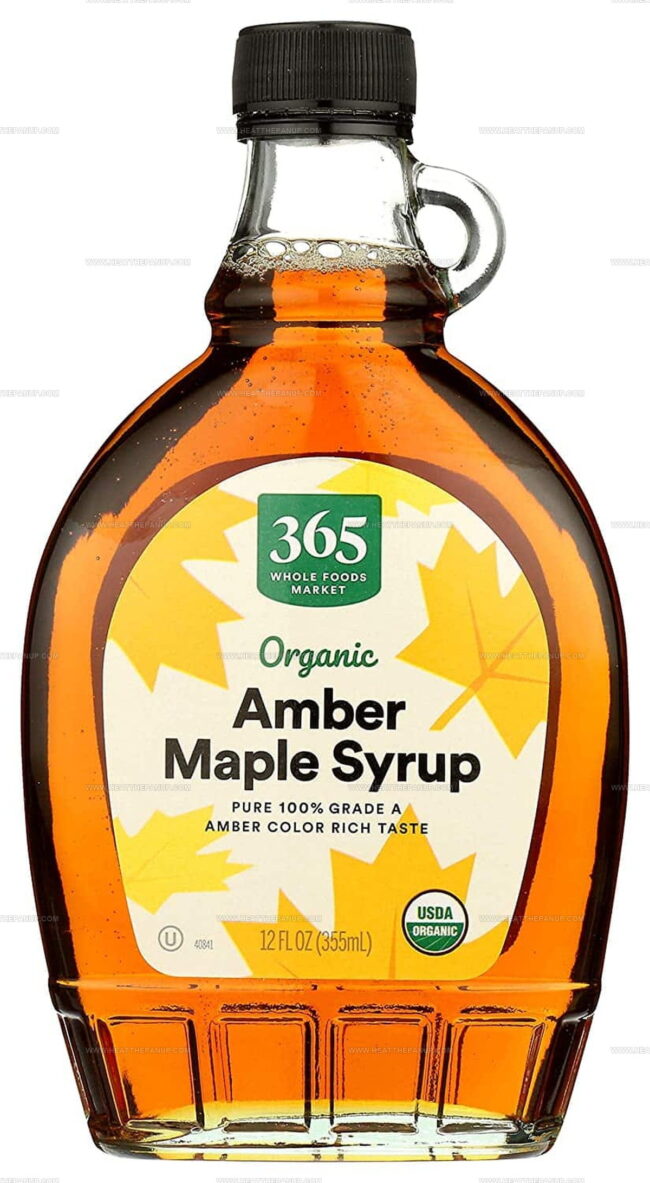
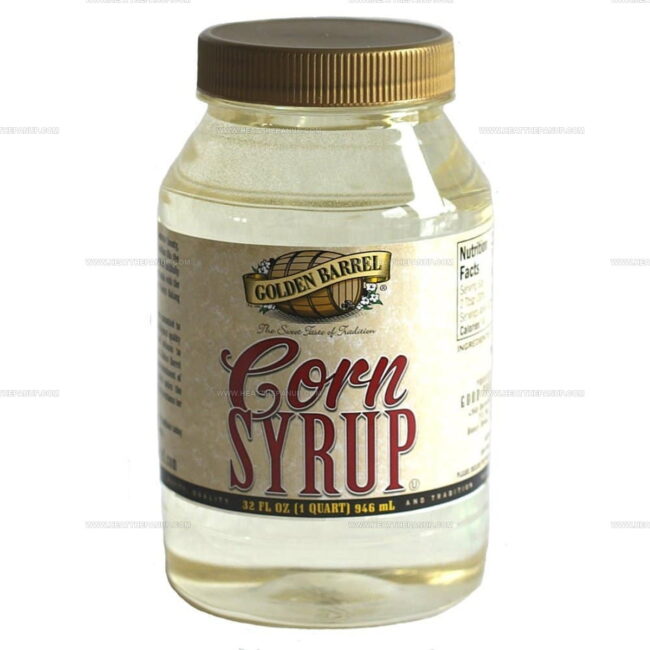
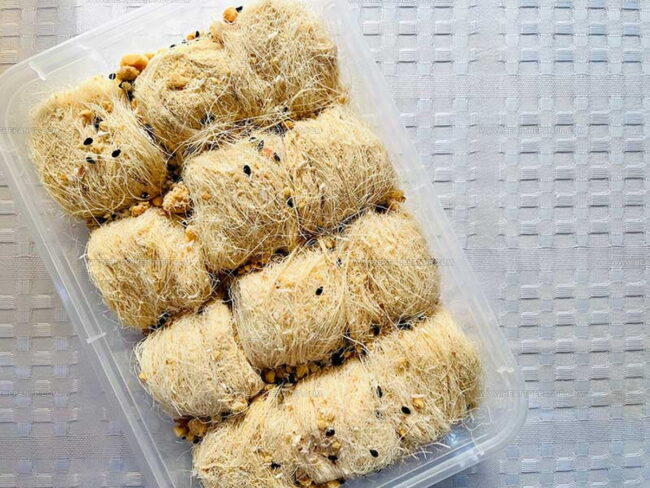
Angelina Wiles
Content Editor & Culinary Enthusiast
Expertise
Food Writing and Editing, Vegetarian and Vegan Cuisine, Baking and Pastry Arts, Sustainable Cooking Practices
Education
Portland Community College
Certificate in Culinary Arts
Focus: Emphasis on sustainable cooking practices, vegetarian cuisine, and food writing.
Oregon Culinary Institute
Diploma in Baking and Pastry Arts
Focus: Specialized training in artisanal baking, pastry techniques, and dessert presentation.
Angelina’s love for cooking started with handwritten family recipes and weekend trips to farmers’ markets around Portland. She followed her passion with a Certificate in Culinary Arts from Portland Community College, then perfected her sweet side with a Diploma in Baking and Pastry Arts at Oregon Culinary Institute.
Angelina believes recipes should feel like a conversation, not a science project. She’s all about helping readers trust themselves in the kitchen with simple steps, fresh ideas, and easy twists on classic meals.
When she’s not editing recipes, she’s baking bread, sipping coffee, or getting inspired by the changing seasons.